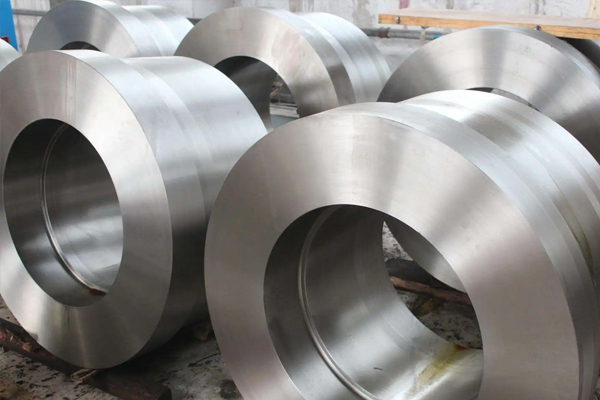How to check forging raw materials
Forgings before forging processing, need to go through a procedure, have to test the quality of its raw materials, to ensure that the raw materials have no quality problems before the next process, now we will look at what requirements it has.
一. General requirements for forging raw materials.
1. Chemical composition meets the requirements.
2. Smelting, casting, rolling, forging, cleaning and other production processes meet the requirements.
3. The surface quality meets the requirements, no scratches, scales, folds, cracks and other defects (or the degree of defects is within the allowed range), the defects should be removed, sometimes need to be completely peeled surface.
4. The organization state meets the requirements, no uneven organization, overheating organization, no slag, loose, pores, white spots and other internal defects.
二. Inspection of forging raw materials Before leaving the factory, the manufacturer should generally inspect the forging raw materials and supply them with qualified products, but the forging factory as the user should also carry out necessary inspection. Forgings can be inspected by general survey or spot check. Inspection items can be determined according to the type of raw materials and forging requirements.
1. Sample for chemical composition. Use spark identification, magnetic induction and spectral analysis to check whether the materials are mixed.
2. Appearance inspection to determine whether the surface has defects and the degree of defects, and whether there is decarbonization phenomenon.
3. Check whether the material meets the requirements of size and shape tolerance.
4. Check the shrinkage cavity and white spot inside the material through fracture test; The thermal brittleness of the material was checked by thermal fracture test.
5. Macro and micro inclusion testing; Sulfur segregation in steel was examined by sulfur imprint test and its segregation zone was determined.
6. Check the grain size by microscope; Check metallographic structure.
7. Non-destructive inspection: ultrasonic inspection, magnetic inspection or eddy current inspection.
8. Check the upsetting performance of the material through upsetting test; Test mechanical properties by tensile test, hardness test, impact test, etc.
9. Hardenability test: when using raw materials of a new furnace number, first manufacture a small batch of forgings and conduct heat treatment, and then check to determine the heat treatment system of the furnace number material. As mentioned above, only by ensuring the quality of raw materials can we safely carry out the following forging processing and production, the selection of all raw materials is very important.
